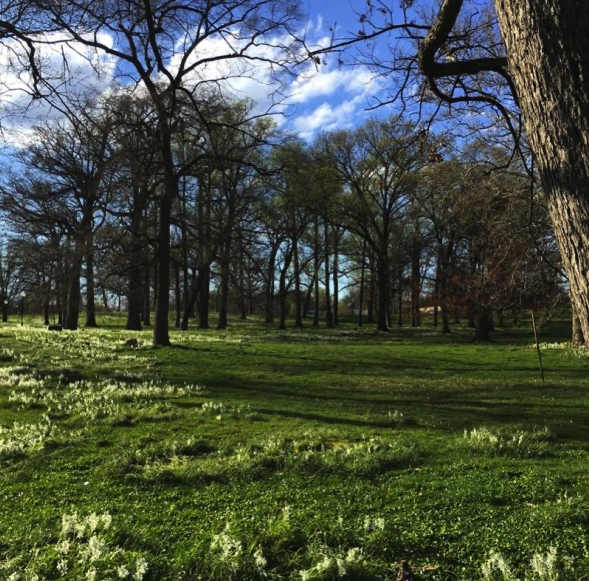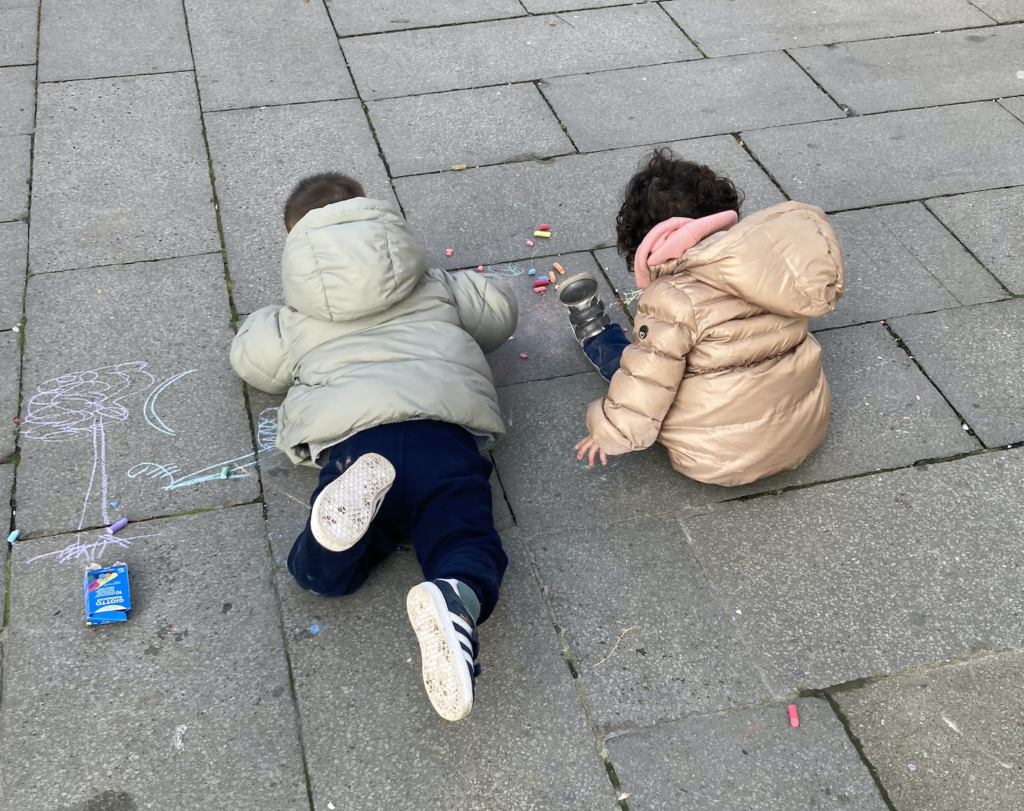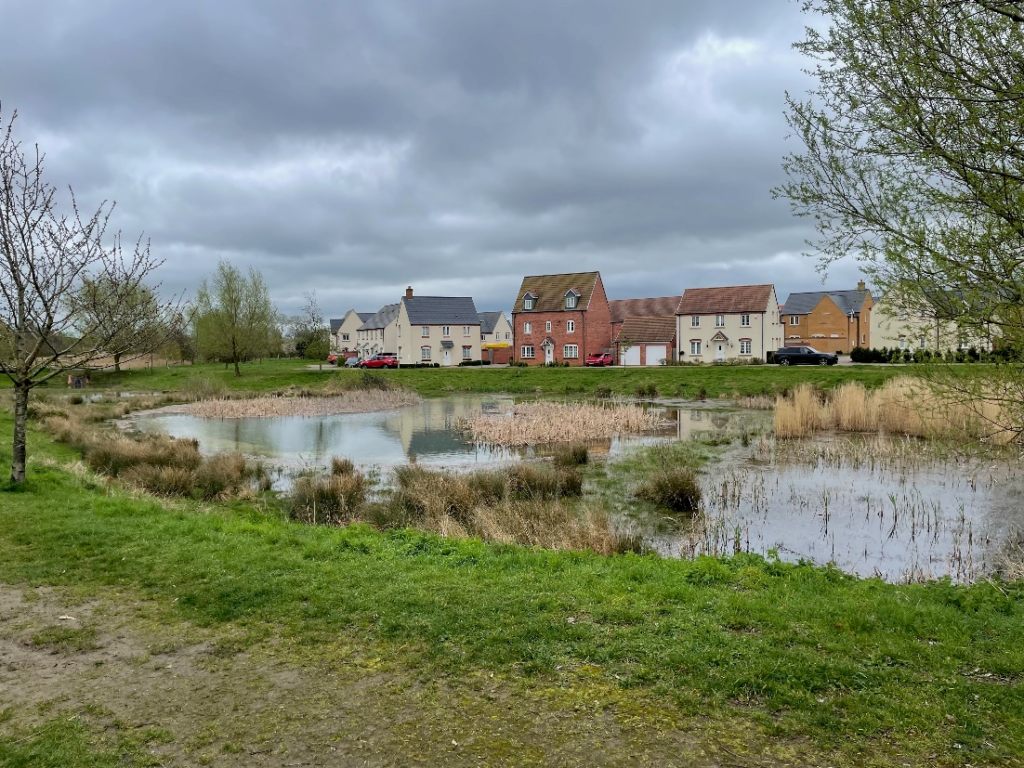City Know-hows

Target audience
Those responsible for managing green public space and parks, city government, directors of parks and recreation and green space advocates.
The problem
Current policy prioritizes time to walk to the park as a measure of access. We sought to investigate a more holistic model of park access that would promote equity.
What we did and why
We designed a survey tool based on a comprehensive theory of access. We then performed door to door administration of the survey in two historically disinvested communities bordering a large park in Baltimore City, Maryland USA, to determine factors associated with self-reported park use.
Our study’s contribution
We found that whilst time to walk to the park is an important metric, it is insufficient to describe the barriers to park use in urban communities.
Impacts for city policy and practice
Our finding shows that
Further information
Full research article:
Beyond proximity and towards equity: a multidimensional view of urban greenspace access by Daniel Hindman, Jessie Chien, Craig Pollack.
Related posts

This study explores how urban playground design can either segregate or integrate children within the broader city fabric. By comparing Venice and Auckland, we illustrate how playgrounds in Venice encourage unstructured exploration, while those in Auckland limit engagement to isolated, structured zones. We propose strategies for urban design that foster inclusive and dynamic public spaces for children.

Providing access to greenspace is insufficient in ensuring that positive benefits are realised. Critical characteristics may distinguish between those spaces that encourage people to visit them and those that are uninviting. This article provides a case study of a residential urban extension in one of the UK’s ‘Healthy New Towns’.

Assessing the impact of walking in different urban spaces during the pandemic highlights the positive effects of high-quality green spaces for mental health.